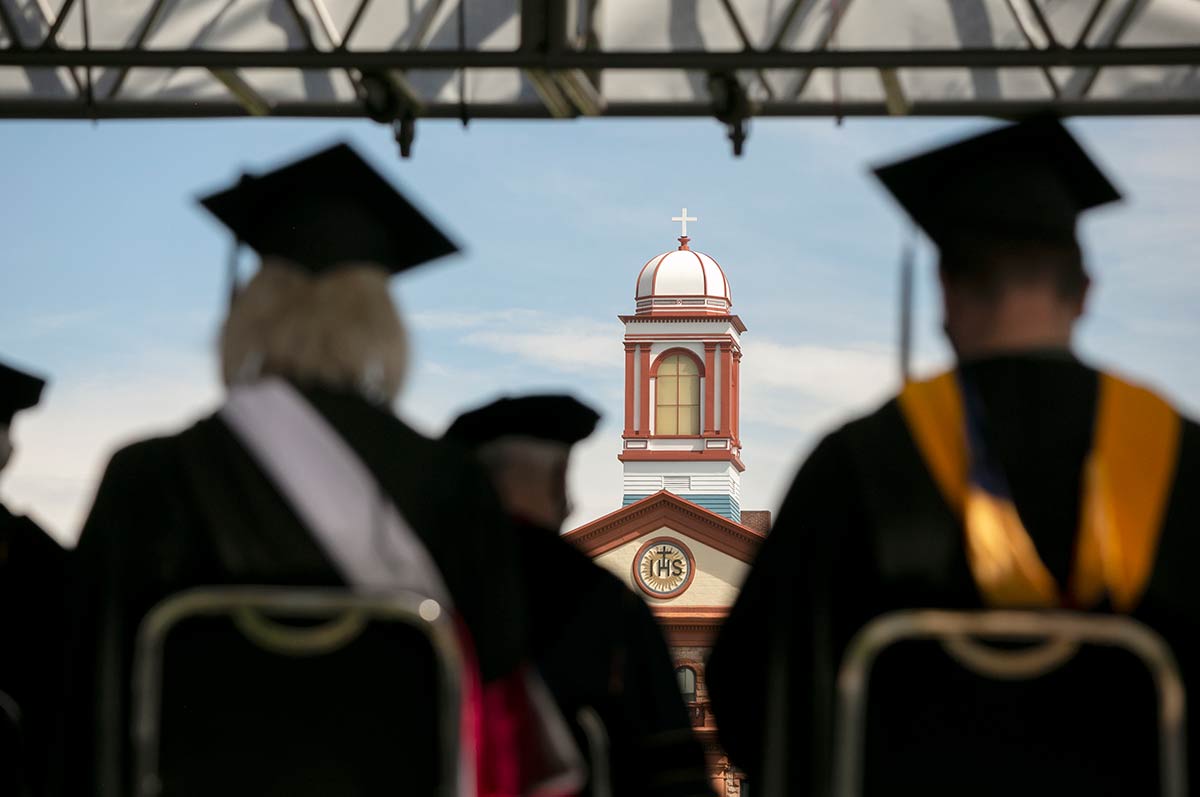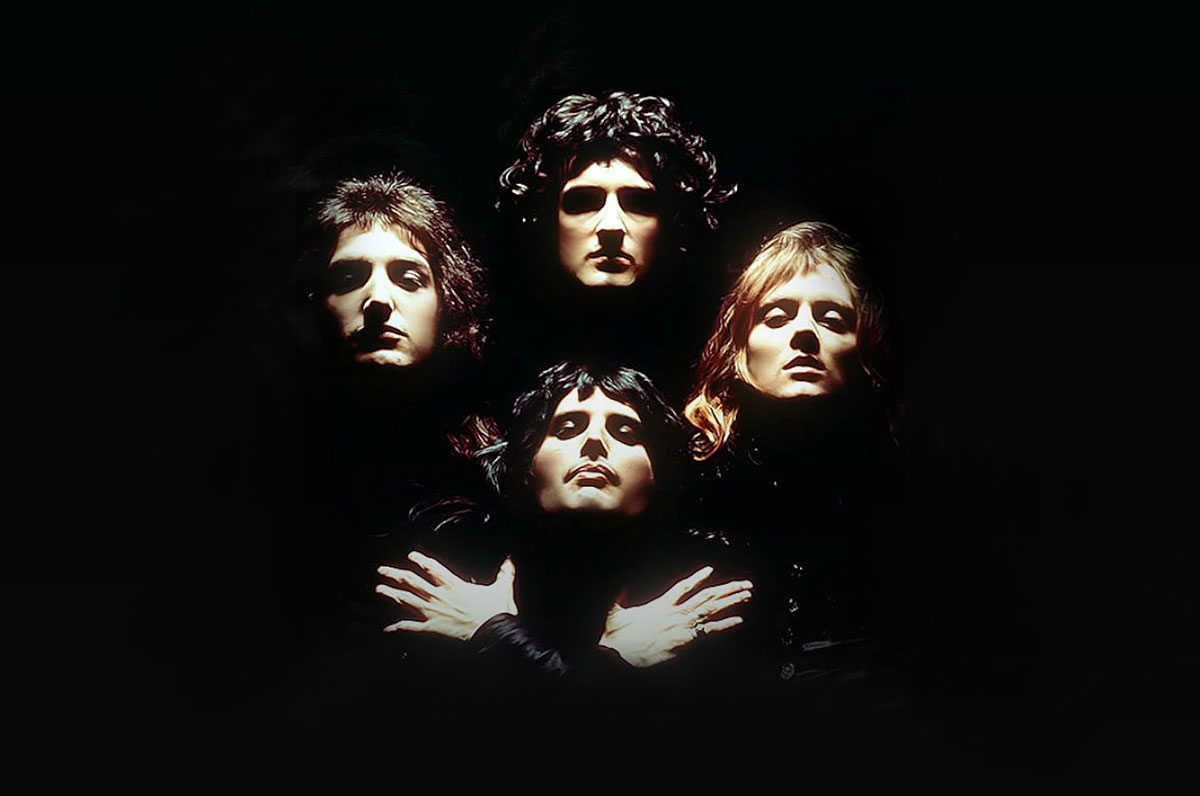A Last Look at Loretto Heights College
Redevelopment plans call for preserving some of campus' historic buildings
Over 120-plus years, the hilltop campus on south Federal Boulevard has been an academy for girls, a World War I military training ground, Teikyo Loretto Heights University, and perhaps most famously, Loretto Heights College. To Martha Kirkpatrick, who graduated in 1982, Loretto Heights College was “a magical place” — a tight-knit community of dedicated students and talented faculty.
The college became part of Regis University in 1988, and the campus was sold. Now, it is on the brink of yet another incarnation: a mixed-use residential and commercial development. On a late-May afternoon, dozens of Loretto Heights alumni got a last look at the college and its buildings. Kirkpatrick, who led some of the tours of tiny dorm rooms and even a climb up the bell tower, said she is grateful the developers are honoring the campus’ history, and that the iconic administration building, the chapel and perhaps other buildings will be preserved.
“I’m very hopeful for what the future holds.”
Click the "i" icon on the photo slideshow for information about each photo. Captions are also provided below. (Photos by Skip Stewart)
1: The college’s historic bell will remain on campus.
2: The main administration building, opened in 1891, was designed by Frank Edbrooke, who also designed Denver’s Brown Palace Hotel.
3: The 121-year-old administration building, listed on the National Register of Historic Places, will remain on the Loretto Heights campus.
4: Alumni like Martha Kirkpatrick say they are grateful the redevelopment plans call for preserving some of the campus’ historic buildings, including the chapel.
5: The May 22 tour gave many alumni their first chance to climb the bell tower, which was off limits to students.
6: Loretto Heights dorm rooms didn’t seem so tiny at the time she lived there, said alumna Martha Kirkpatrick.
7: During the Loretto Heights College era, the cafeteria in Machebeuf Hall, which was built in 1960, doubled as a gathering spot and student union



